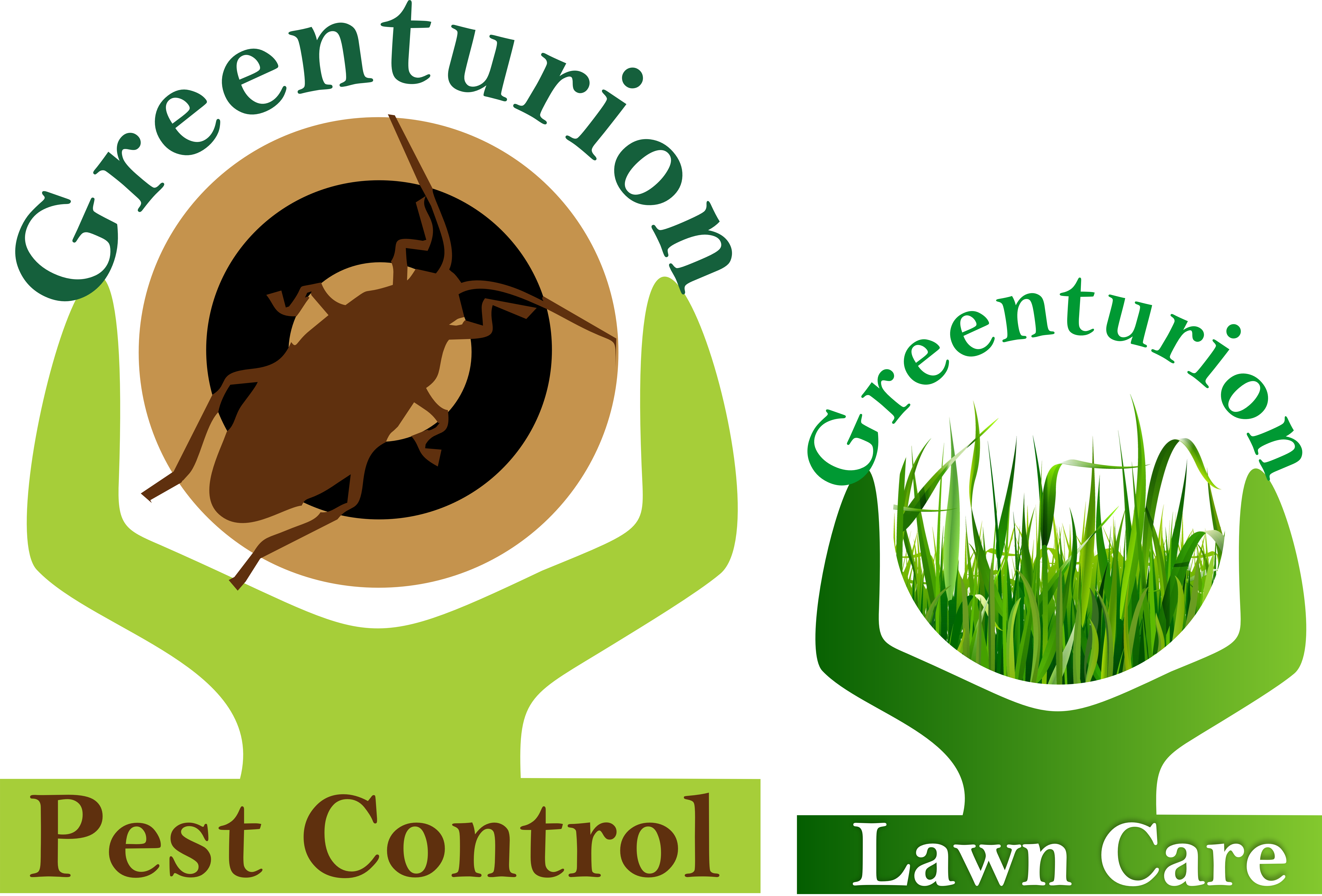Greenturion
Call for a Free Quote
(083) 284 4911

About Us
Welcome to Greenturion! 🌿 We’re your trusted partner in protecting your garden from pests, weeds, and other unwanted invaders. With our expert pest control solutions, we’ll help keep your outdoor space healthy, vibrant, and pest-free. Let us take care of the tough stuff so you can enjoy the beauty of your garden!
Testimonials
“Greenturion has completely transformed my garden! Their team is professional, friendly, and really knows how to handle pesky pests and weeds. After using their services, my plants have never looked better. I’m so glad I found them!”
“I’ve tried several pest control companies in the past, but Greenturion is by far the best! They tackled the weeds and garden pests in no time, and I’ve seen a huge improvement in the health of my plants. Highly recommend their services!”
“Greenturion saved my garden from a serious pest problem. Their approach is both eco-friendly and effective, and I feel confident that my garden is in great hands. Their team truly cares about the health of my plants!”
Beetles
Caterpillars
Termites
Spiders
Moths
Ants
Contact Us Anytime
We’d love to hear from you! Whether you have questions, need expert advice, or want to schedule a service, our team at Greenturion is here to help. Reach out to us today and let us take care of your garden pest control needs.
Call for a Free Quote
083 284 4911
